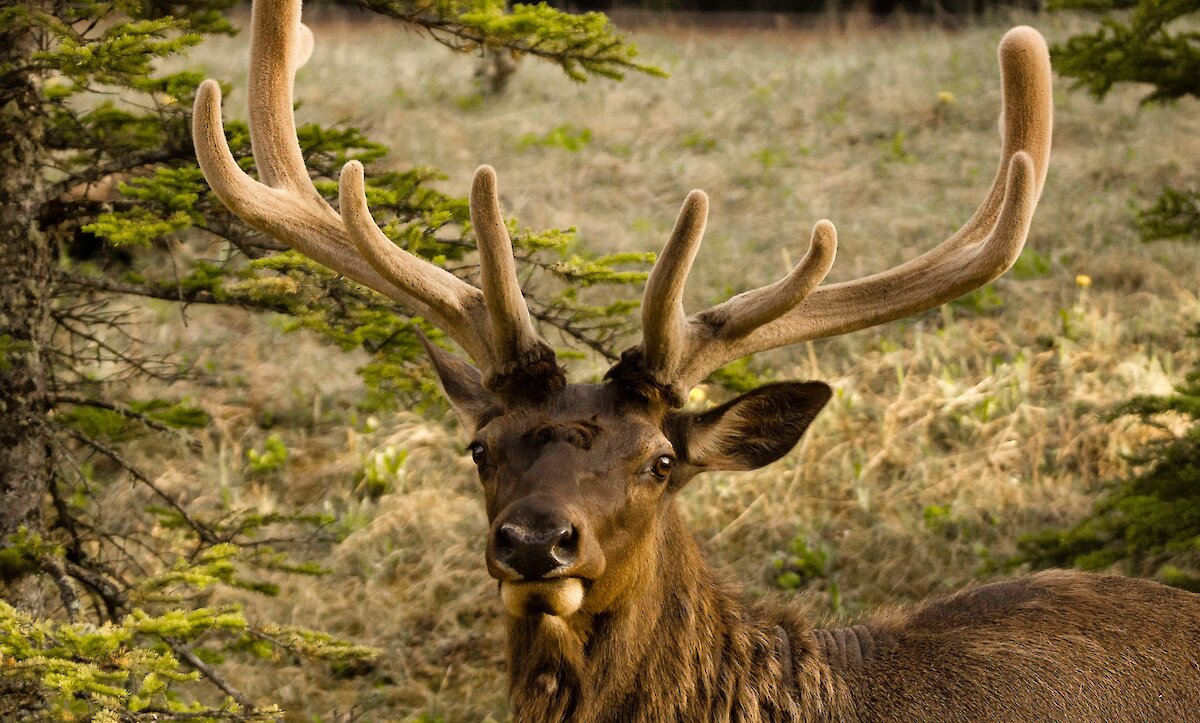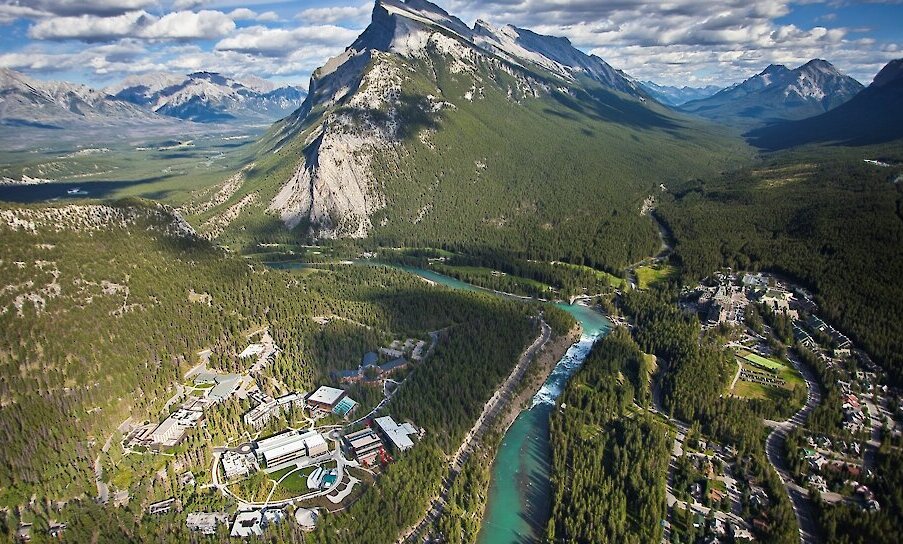Tips for safely seeing wildlife in Banff

One of the major attractions of Banff National Park is the chance to see the incredible wildlife which call Banff their home. While a bear sighting is on the top of most people’s wishlist, there’s also opportunities to see such creatures Elk, Marmots and Bighorn sheep among others.
It can be a great and memorable addition to any visit, but is important to remember to interact with the wildlife in a way that both minimises the disturbance to their activity in their natural habitat and insures yours (and their) safety. With that in mind, here are our top tips for wildlife watching in Banff.
Keep a respectful distance
There’s a reason this tip heads any article, it’s the one most commonly ignored and the one, therefore, that leads to the most incidents. Remembering that these are wild animals in their natural habitat (and not in a giant petting zoo) is essential. Even more docile creatures such as deer can be a danger when they feel threatened. Keep your distance, act calmly and do not follow. Lastly, use the zoom on your camera and never ever try to get up close for a selfie (turning your back on a creature who might feel you’re backing them into a corner might not be a great idea when you think about it).
Note: Parks Canada advises you stay 100m for bears, 30 meters from all other large species and 200m from coyotes, wolves and foxes.
Do not feed!
While it might seem a great idea to entice animal closer with food or you are just trying to leave something for them to eat, these are actions that can lead to bad consequences for both you and them. Many wild animals can forget their foraging instincts if they get a taste for human food, making them more likely to enter places of dense human habitation in the search for a meal, which puts themselves and other people at risk. This also goes for food scraps left in the wild, so be sure to take yours with you. Aside from the danger you may unintentionally put yourself in, people who are caught feeding wildlife or leaving food in national parks face fines up to $25,000!
Carry bear spray
While the likelihood of seeing a bear is always low and most bears are docile unless they feel threatened, always carry bear spray when hiking, in case the worst should happen. Remember this is not repellent in the same way as insect repellent, practically every hotel worker in Banff has had to advise a guest not to spray it on themselves (ouch) or, even worse, their children! Make sure to read the instructions or enquire when purchasing or renting so you know how to use it properly if the need arises.
Stay off the road, stay in the car
Driving along the roads and highways that surround Banff is a great way to spot local creatures in the surrounding brush. It’s important to remember two key things however. Firstly, do not stop the car in the middle of the road while you snap some shots as this can create a log jam of cars behind you. Find a safe place to pull over, and make sure it is not right next to whatever it is you are trying to get a picture of. Also, stay in the car, as this provides a barrier between you and the animals, and they are far less likely to feel threatened, which could lead to them running into the road and causing potential harm to themselves and/or other drivers.
Take a tour
Going on an organised wildlife spotting tour is an excellent option for two main reasons.
Firstly, the chances of seeing some of the amazing wildlife that call the national park their home is improved greatly because the guide will have knowledge of the spots that give you the best chance to do so. Secondly, they will be aware of the proper protocols when it comes to interacting with any wildlife you do come across, such as how far away you need to be and how you need to act.
Follow these tips and we’re sure you’ll have a great experience with any of the amazing creatures you’re lucky enough to spot in Canada’s first national park!


